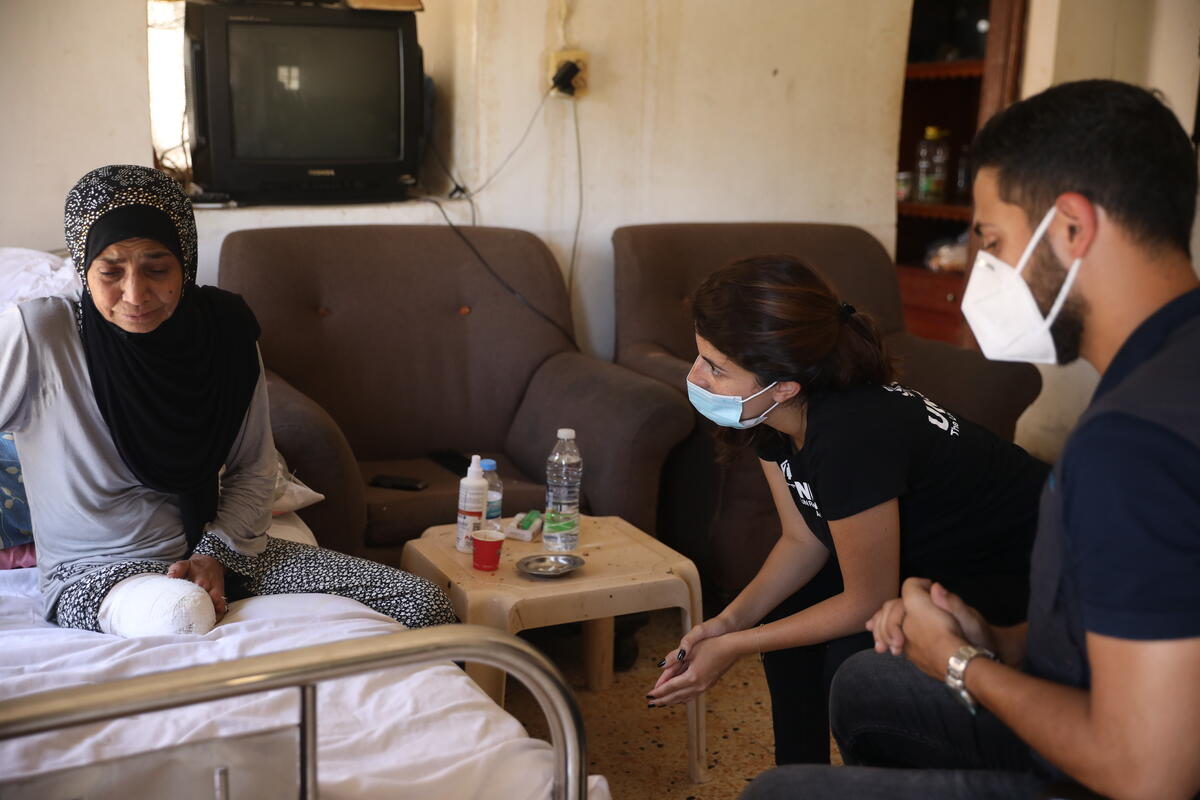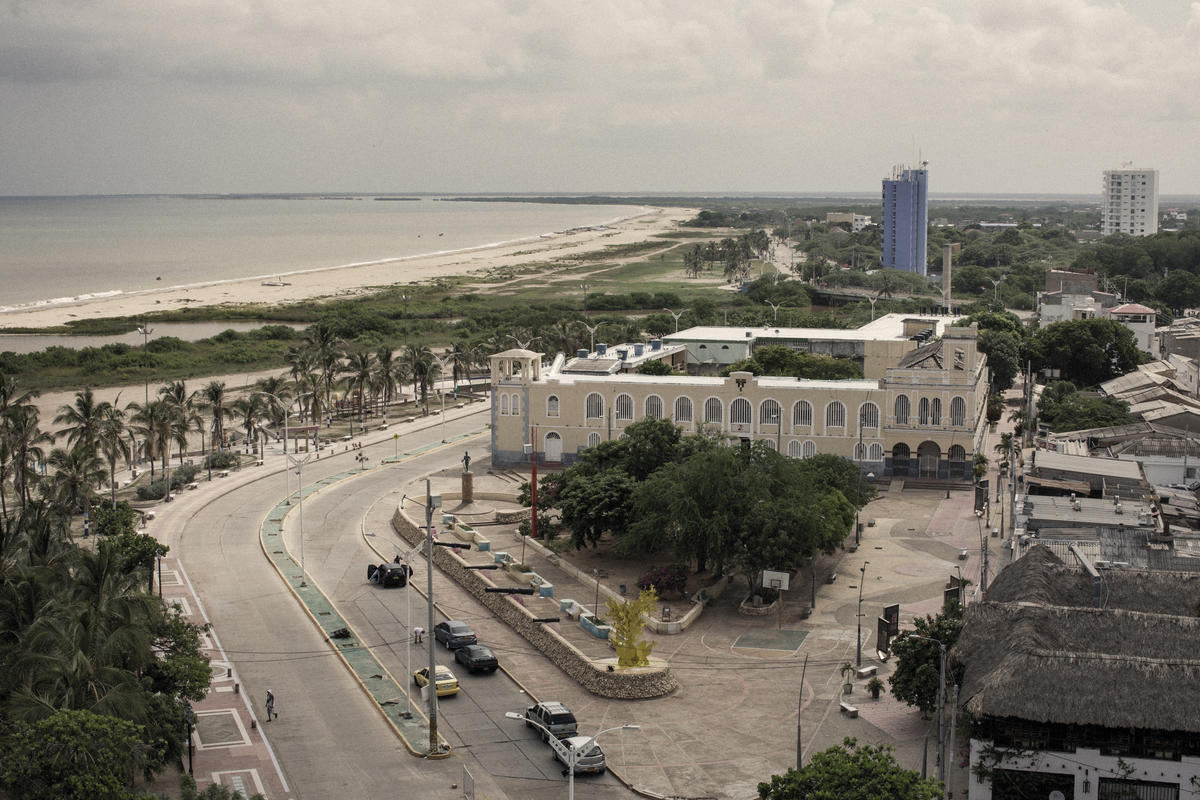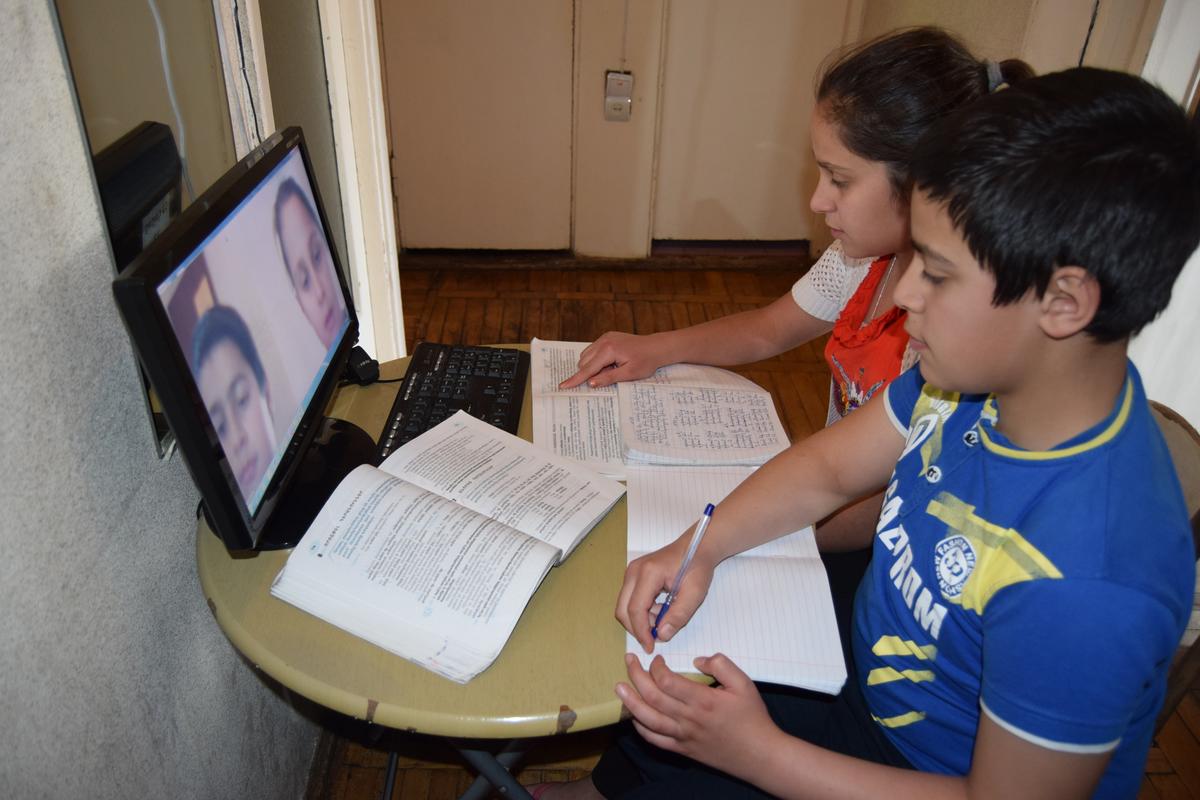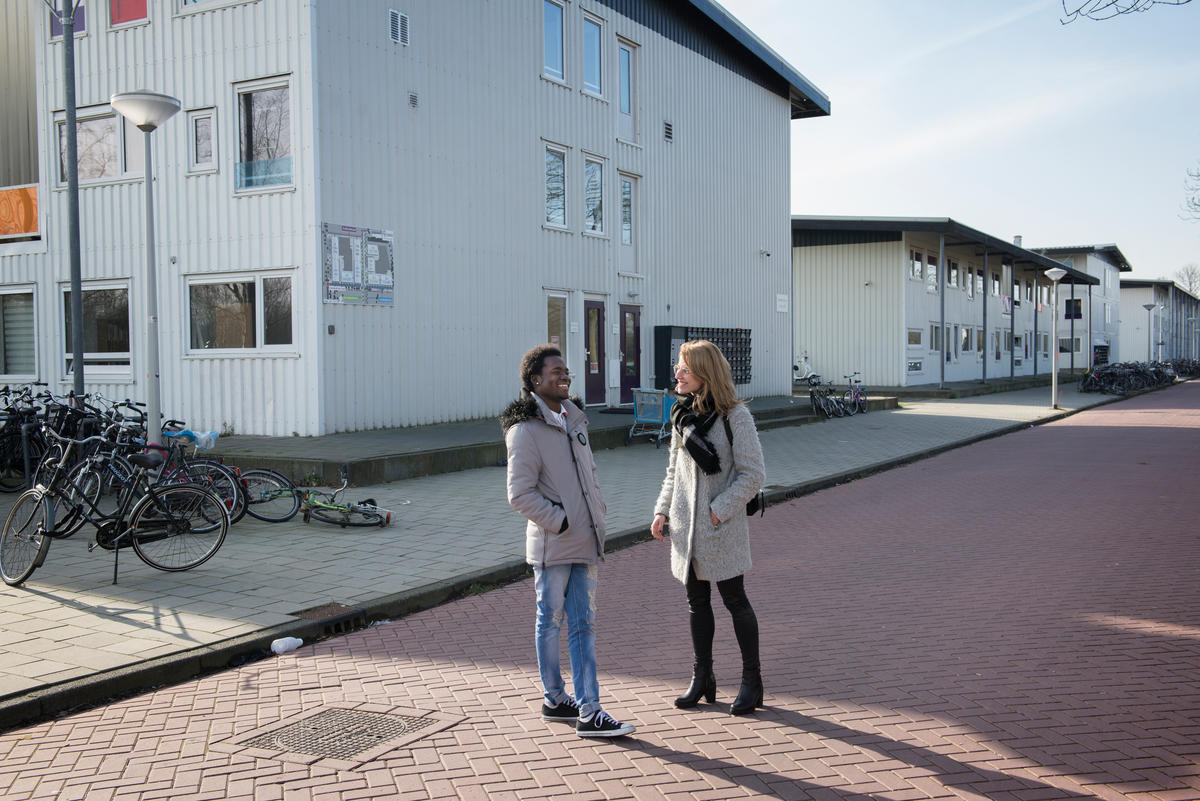New housing helps cut the number of collective centres in Serbia
New housing helps cut the number of collective centres in Serbia

VRANJE, Serbia, August 21 (UNHCR) - Almost a decade after fleeing their village in Kosovo and living in a succession of soulless and dilapidated collective centres, the five members of the Blagojevic family have moved into their own apartment in the southern Serbia town of Vranje.
"It feels good to finally see my own nameplate on the door," said the family patriarch, Zoran Blagojevic, who has also found a job as janitor for the building they have moved into. His son Uros, who was nine when they left Ljubizda village in central Kosovo, has just graduated from a technical school in Vranje and will help Zoran maintain the central heating system.
The family's fortune is also good news for the Serbian Commissioner for Refugees (SCR) and UNHCR, who have been working with donors to close Serbia's remaining 60 collective centres housing some 6,000 refugees and internally displaced people (IDPs) - down from 26,000 in some 340 centres in January 2002.
UNHCR contributed US$440,000 towards the construction of the apartment block that the Blagojevic now live in, along with 15 other refugee families from Kosovo and four vulnerable local families. They will only have to pay for utilities and will receive additional support from local social welfare centres.
The actual building work - on land donated by the municipal authorities - was conducted by UNHCR partner, Intersos of Italy, which also provided kitchen appliances and furnished the units.
A similar project has just started in the eastern Serbian town of Zajeèar. The finished residential block will provide accommodation for 16 families currently living in Zajeèar's two collective centres.
These two projects will put a small, but important dent in the number of people, including refugees from Croatia and Bosnia and Herzegovina and internally displaced people from Kosovo, still in collective centres and without jobs.
The SCR, in line with government policy, began five years ago the process of closing collective centres and moving the displaced into acceptable accommodation with the help of UNHCR and other international partners.
UNHCR has since assisted in the closure, or conversion into homes for the elderly, of more than 280 collective centres and helped find durable solutions for thousands of refugees and IDPs.
In a bid to reinvigorate the process, UNHCR and the SCR last October set up a special task force, which has identified 30 small collective centres for closure and proposed solutions with donor help for the people living there. The recent opening of the 20-apartment building in Vranje is part of this new drive.
But despite the construction of hundreds of apartments to date and the launch of a range of assistance programmes for former collective centre residents, completion of the project is still some way off.
One major reason is that a large proportion of residents in the remaining collective centres are extremely vulnerable and not eligible for assistance programmes. They include the elderly and the chronically ill.
And most of those in the collective centres cannot return to Kosovo or to their homes in Croatia and Bosnia and Hercegovina. But closure of the last collective centres will remain high on UNHCR's agenda for the rest of the year and beyond.
Serbia hosts some 97,000 refugees from Croatia and Bosnia and Herzegovina and slightly more than 205,000 IDPs from Kosovo. There are also an estimated 17,000 stateless people in the country.
By Vesna Petkovic in Vranje, Serbia









